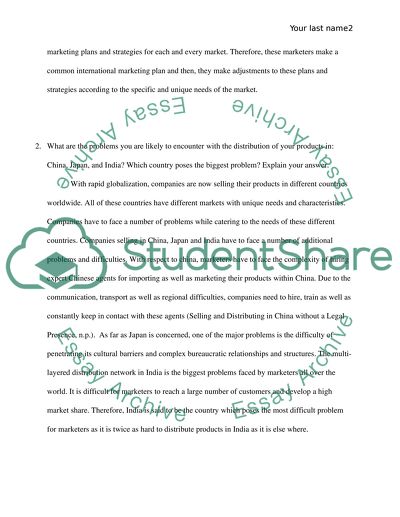Cite this document
(“Marketing across culture Essay Example | Topics and Well Written Essays - 1500 words”, n.d.)
Retrieved from https://studentshare.org/marketing/1466945-marketing-across-culture
Retrieved from https://studentshare.org/marketing/1466945-marketing-across-culture
(Marketing across Culture Essay Example | Topics and Well Written Essays - 1500 Words)
https://studentshare.org/marketing/1466945-marketing-across-culture.
https://studentshare.org/marketing/1466945-marketing-across-culture.
“Marketing across Culture Essay Example | Topics and Well Written Essays - 1500 Words”, n.d. https://studentshare.org/marketing/1466945-marketing-across-culture.


